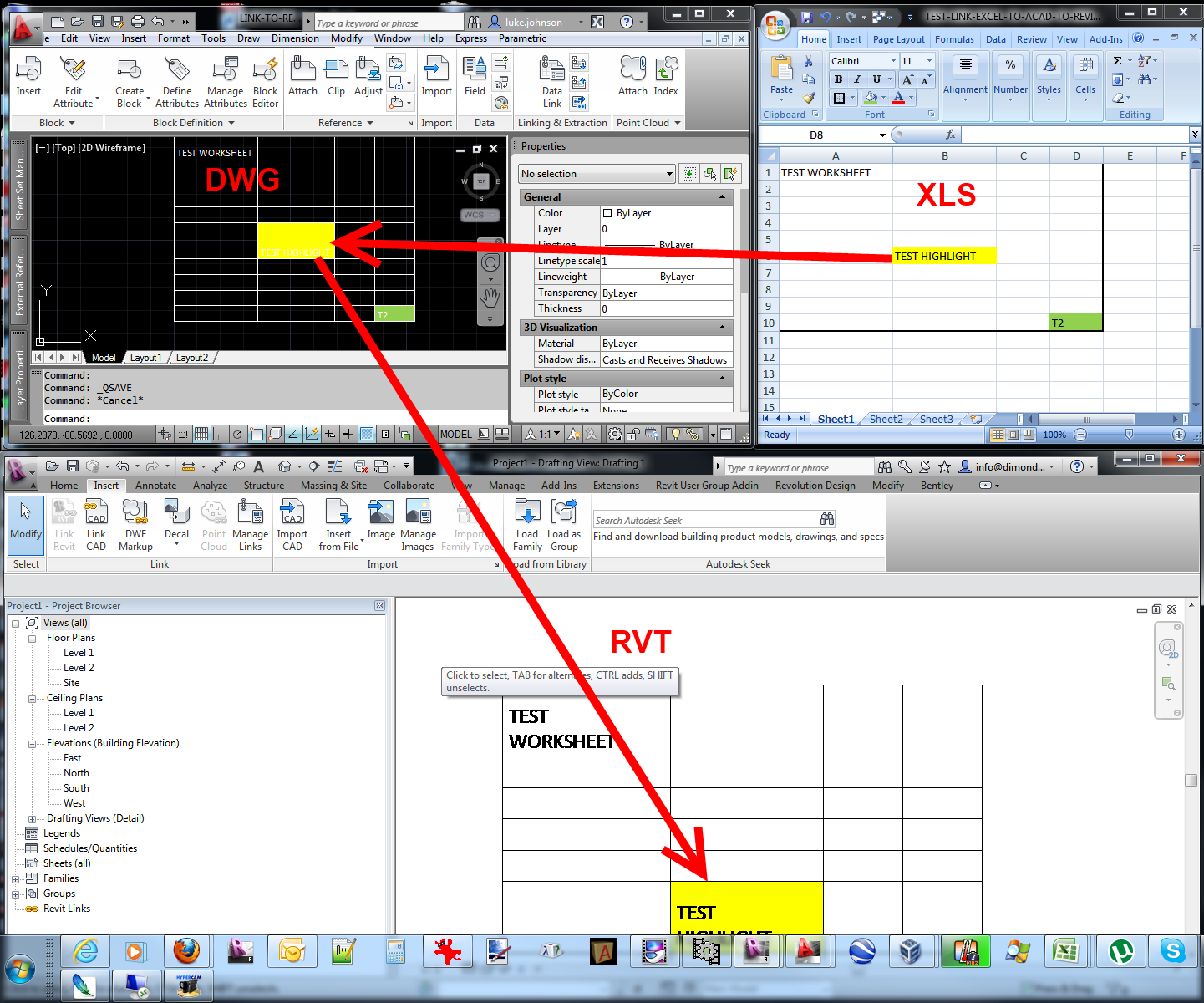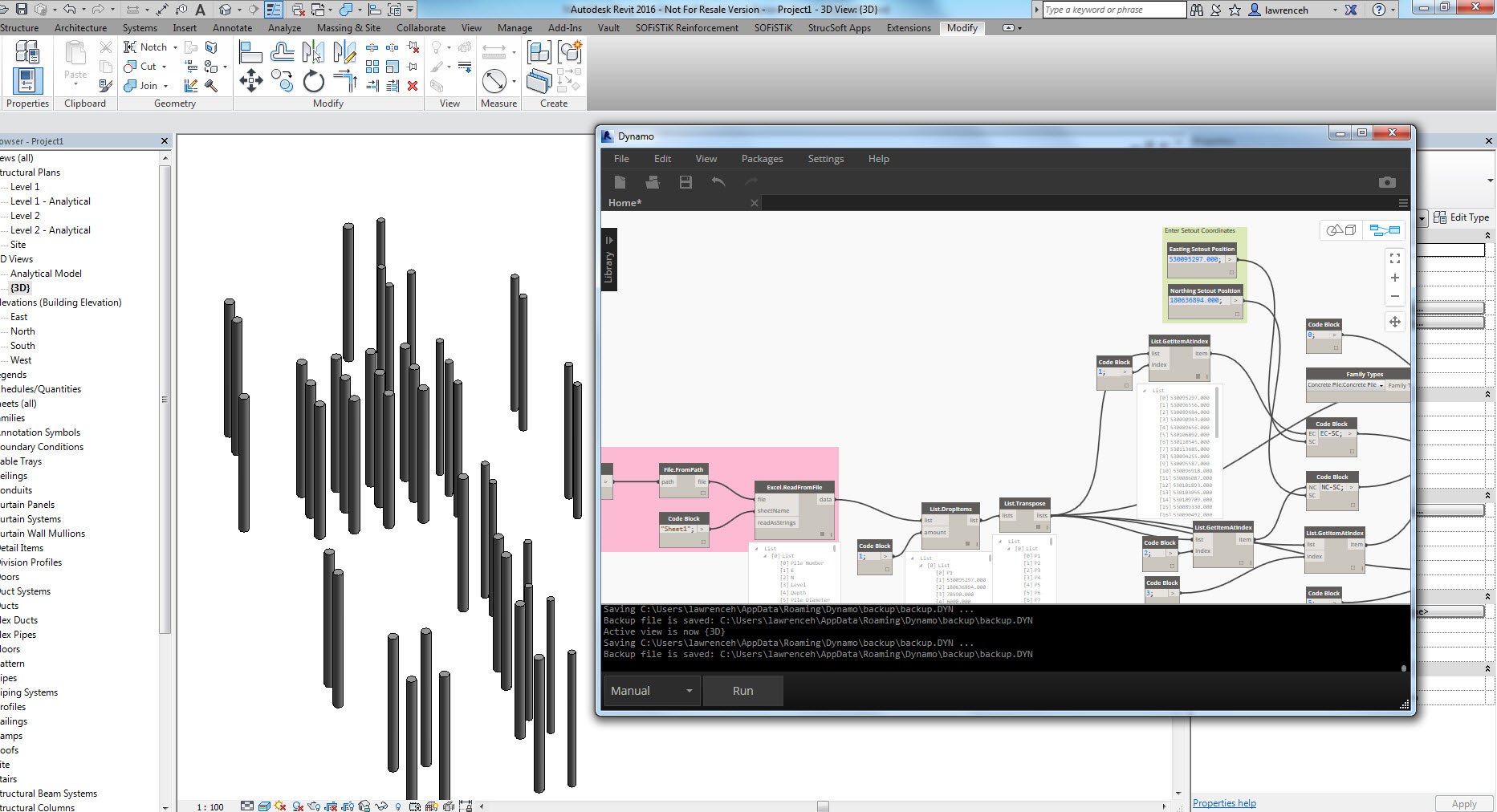Unlocking New Capabilities: Boost Revit Tools with the Right Plugins
Wiki Article
Grasping the Art of Information Assimilation: Just How to Seamlessly Import Excel Data Into Revit
In this post, we will direct you with the process of grasping the art of data combination. Get all set to prepare your Excel information effortlessly and follow our detailed overview to import data right into Revit. With our finest techniques, you'll attain data integration success in no time.Recognizing the Significance of Information Combination in Revit
Understanding the value of data combination in Revit is crucial for seamless importing of Excel data. When you incorporate data from Excel right into Revit, it allows you to efficiently update and handle information throughout the whole project. This combination ensures that your design and building and construction process is accurate and current.By integrating data, you can easily import and upgrade criteria, schedules, and also geometry in Revit. This eliminates the demand for manual data access, saving you time and reducing the risk of mistakes. With Revit's data assimilation capabilities, you can maintain consistency and precision in your project, while likewise boosting collaboration amongst staff member.

Checking Out the Excel Documents Style for Revit Assimilation

In order to effectively incorporate Excel documents right into Revit, it is important to make sure that the information is formatted appropriately. This consists of effectively identifying rows and columns, in addition to structuring the information in a manner that is suitable with Revit's information schema. Revit utilizes certain parameters and categories to organize data, so it is important to straighten the Excel data with these parameters to make sure a seamless assimilation.
Furthermore, it is essential to note that Revit only sustains particular data types when importing from Excel. These consist of text, numbers, and days. Any kind of other data types, such as solutions or conditional formatting, will certainly not be recognized by Revit and may cause issues throughout the assimilation process.
Preparing Your Excel Data for Seamless Import Into Revit
To make certain a smooth combination process, you'll require to correctly layout and tag the columns and rows in your Excel information prior to importing it into Revit. This step is vital due to the fact that it enables Revit to properly translate and organize your data. Start by analyzing your Excel information and determining which rows and columns include appropriate details for your Revit project. Then, make certain to identify each column with a detailed and clear header. This will certainly assist you and others conveniently recognize the function of each column and stay clear of complication throughout the import procedure.Following, make sure that the information in each column is properly formatted. For example, if you have a column for measurements, make certain that all measurements are continually formatted in the revit plugins same devices of dimension. Revit depends on consistent formatting to properly analyze and import data.
Additionally, it is necessary to examine for any type of vacant cells or disparities in your data. Revit might not be able to read or import data from cells that are vacant or contain mistakes. It is advised to review your Excel information and clean up any kind of disparities before importing it right into Revit.
Step-By-Step Guide to Importing Excel Record Into Revit
As soon as you have actually effectively formatted and identified your Excel information, you can easily import it into Revit by following this step-by-step guide. To start, open Revit and browse to the "Insert" tab. Click on "Import CAD" and pick "Import Excel" from the dropdown menu. A new home window will certainly appear, asking you to find the Excel file you wish to import. Surf your computer system and choose the Excel documents, then click "Open."Following, a dialog box will show up, enabling you to tailor the import setups. Right here, you can pick the worksheet you intend to import, define the array of cells to import, and pick the suitable devices for your data. As soon as you've made your options, click "OK" to proceed.
Revit will certainly now display a sneak peek of your Excel data. Take a moment to guarantee and evaluate the preview that whatever looks right. If required, you can make changes to the import settings by clicking the "Settings" button.
Finest Practices for Data Assimilation Success in Revit
Ensure you comply with these best practices to ensure effective assimilation of information in Revit. It is crucial to arrange your data in Excel before importing it into Revit. This suggests making certain consistent naming conventions, proper formatting, and accurate data representation. Next, use Revit's integrated tools for data mapping. This will certainly permit you to match the columns in your Excel file with the equivalent parameters in Revit. Bear in mind the systems and data types when mapping the information, as any kind of discrepancies can result in mistakes in the integration process.One more crucial technique is to frequently verify and update your information. Furthermore, make usage of information validation devices within Revit to determine any type of mistakes or variances in the incorporated data.
Last but not least, it is suggested to establish a clear operations for information assimilation. This consists of defining duties and obligations, establishing an interaction channel between employee, and developing a normal tempo for information updates and evaluations. By adhering to these ideal practices, you can ensure a smooth and effective integration of information in Revit, eventually improving the efficiency and accuracy of your job.
Conclusion
In conclusion, mastering the art of data integration is essential for seamless import of Excel submits right into Revit. Recognizing the importance of data combination in Revit is the initial action in the direction of effective integration.When importing information from Excel right into Revit, it is important to comprehend the documents format and how it can affect the assimilation process (import excel into revit). Revit makes use of details parameters and categories to arrange information, so it is essential to align the Excel data with these parameters to make sure a smooth assimilation
Be conscious of the units and information kinds when mapping the data, as any inconsistencies can lead to mistakes in the combination procedure.
In addition, make usage of information recognition devices within Revit to recognize any kind of errors or variances in the incorporated data.

Report this wiki page